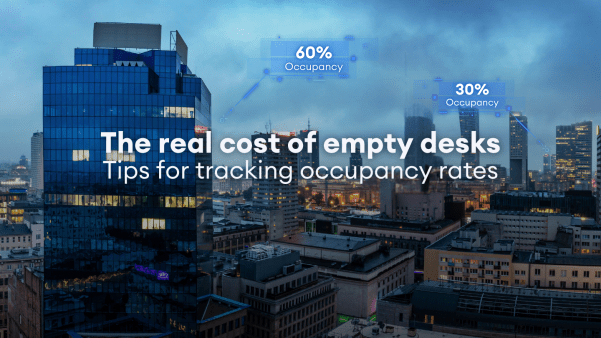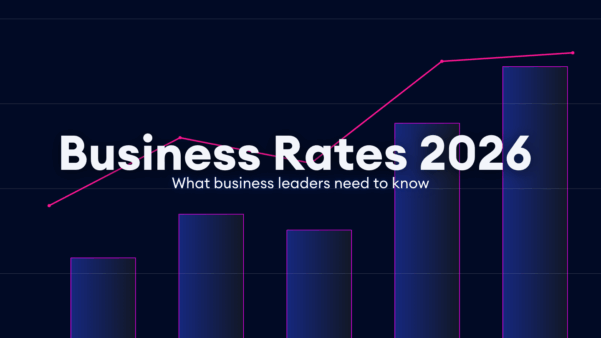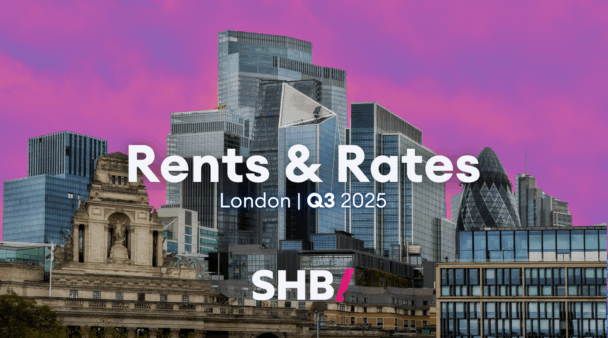Just before Christmas we produced part one of this blog…
This blog focuses on the short – medium – long term effects that the pandemic and future lock downs may bring, as well as our own analysis of how the government have assisted and what the future could look like for us in terms of a down-turn.
Lockdown 2.0 & 3.0
It seems as though these two lockdowns have merged in to one another – other than Christmas day allowing us to mix freely and the one day of school where children mixed in their germ infested habitats, it looks like we may be in the early stages of ANOTHER national lockdown. Retail shops, schools and the borders are closed or restricted and the advice is still to work from home. But why does the working from home experience feel different this time?
Last year, we discovered that the majority of occupiers were spending most of their time requesting emergency advice and generally making panic decisions when exploring the various options they thought they had. In the end, their leases came to an end because they couldn’t see an end to the working from home phase. However, In January, we have seen a re-emergence of activity, regardless of the fact we were/are (losting track of days) in Lockdown. We are experiencing a ‘peak’ in movement with clients confirming their real estate strategy is back on their agenda but we expect this to be short lived effect as companies track the economic state.
Reasons to think positive as we experience a different way of living…
Vaccine/s: Hooray! A shimmer of light. It seems that the virus/s might be with us for the foreseeable in some form or another but this gives us a sense of normality in being able to plan and with the plans for a rollout over the next months and so on, things could move quite quickly for the better.
Novelty: The work from home excitement will soon draw to a close which we hope will create a sense of desperation and urgency in getting back to a more formal working environment, and reworking the company culture. We are already hearing the frustrations some organisations are experiencing with staff, making them realise the importance of the office!
The Marvel of Furlough and Financial Intervention
There are many things about our Governments decision making and overall treatment of the pandemic that are questionable, but we can also say this will make history. For example, imagine if in previous times of despair, our government offered Furlough and loans to save our a***’s. This has presented us with a solution to redundancy, stopping unemployment from soaring and businesses collapsing. For the time being anyway – as soon as these offerings are lifted, we are fully exposed again.
With the pandemic and lockdowns in particular, almost everything has come to a stand still, and as companies become defensive, cost cutting follows. This could mean renegotiating supplier contracts, reducing office costs (potential relocations and/or offloading liabilities), and stripping back employee rewards and benefits or even salary cutting.
Bounce back loans in particular are easy to criticise with the distinct lack of means testing, however, there was a need to get financial assistance out into the working community as quickly as possible. What we have experienced was an extraordinary roll out of money that undoubtably protects SME’s. Incidentally the transport/automobile industry has seen high end bikes and cars up to a certain value being sold out en masse. I am not even kidding! Some waiting times for these are up to a 2 year wait.
What Next?
Although the interventions of furlough and the various loans offer great benefit, when combined with rates/rent relief (where applicable) or the deferrals of payments (including rent, rates, VAT, personal tax, and corporation tax), we have all been guided into a false sense of security that we have in some way dodged a bullet.
It may also be that the accounts of any given company might begin to look more secure. Combine this with the reality of taking the above into account and the real picture is very dark indeed, and in many cases, this will result in the failure of the wider commercial world, possibly on a scale never seen before. Even if the number of failing businesses is relatively light, the result will be surging unemployment, particularly through travel, retail, leisure and other industries. The net result could be as much as 3–5 million redundancies over the next 36 months and the consequence will be the residential market floundering as people cannot afford to pay their mortgages, in the end creating the great correction we have all been waiting for.
Although this all sounds extremely negative, this is one of the purest examples of the commercial world’s death and rebirth you could ever imagine. The changing of these industries will see new ideas and concepts carrying us through for generations to come. No better example than the suffering of the regions that has been going on for so very long and with employees likely to work close to or from home far more than ever, these areas will have real money and internal investment to make their futures brighter and better than for many a year.
The challenges will continue for some time but within the struggle the next generation of entrepreneurial minds are forming their ideas and as we climb out of the downturn, the good times will not be far away. For now, we need to support our leaders, grind it out and embrace the opportunities.
For free consultation or advice on any commercial real estate needs talk to our team.













